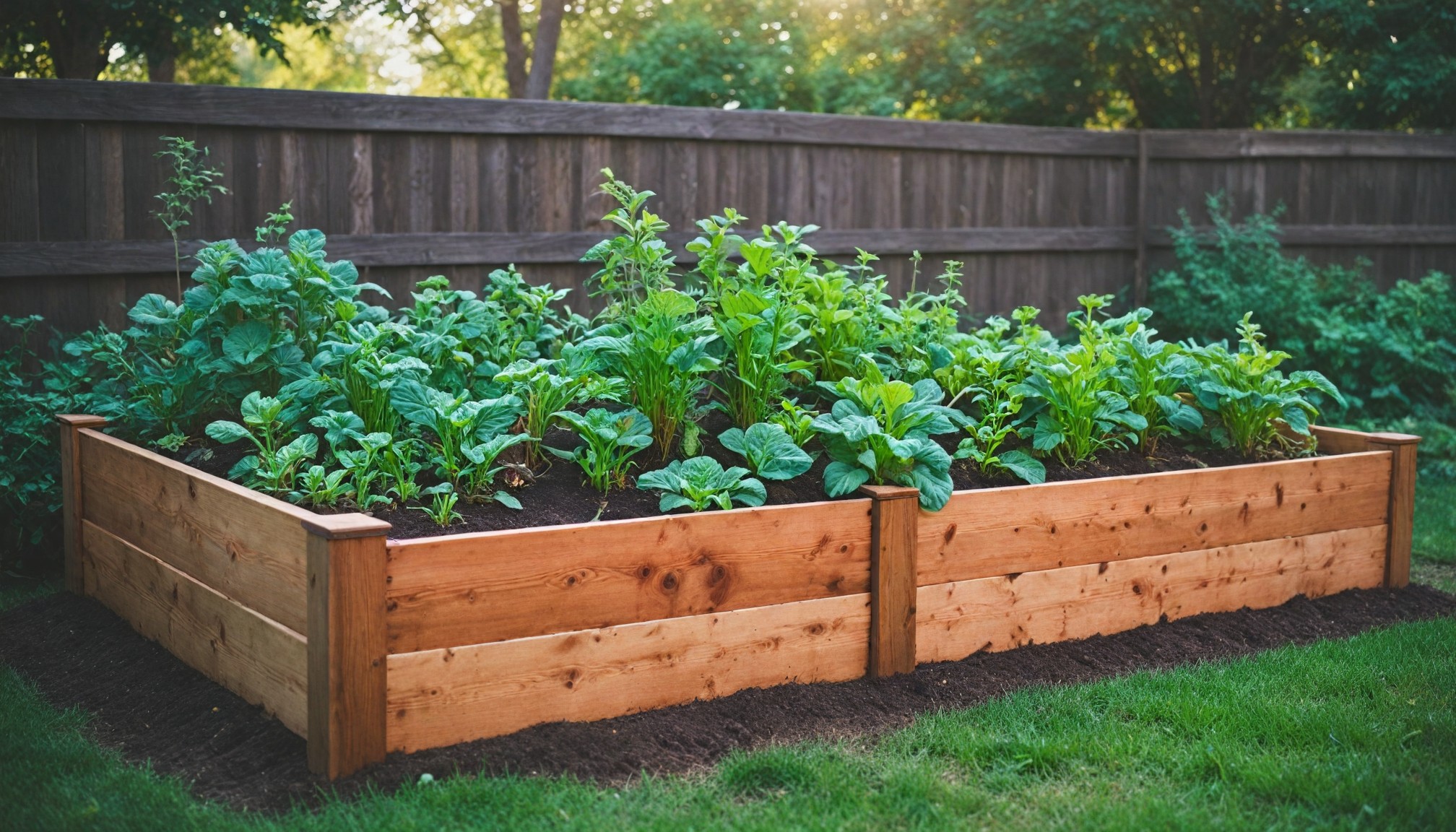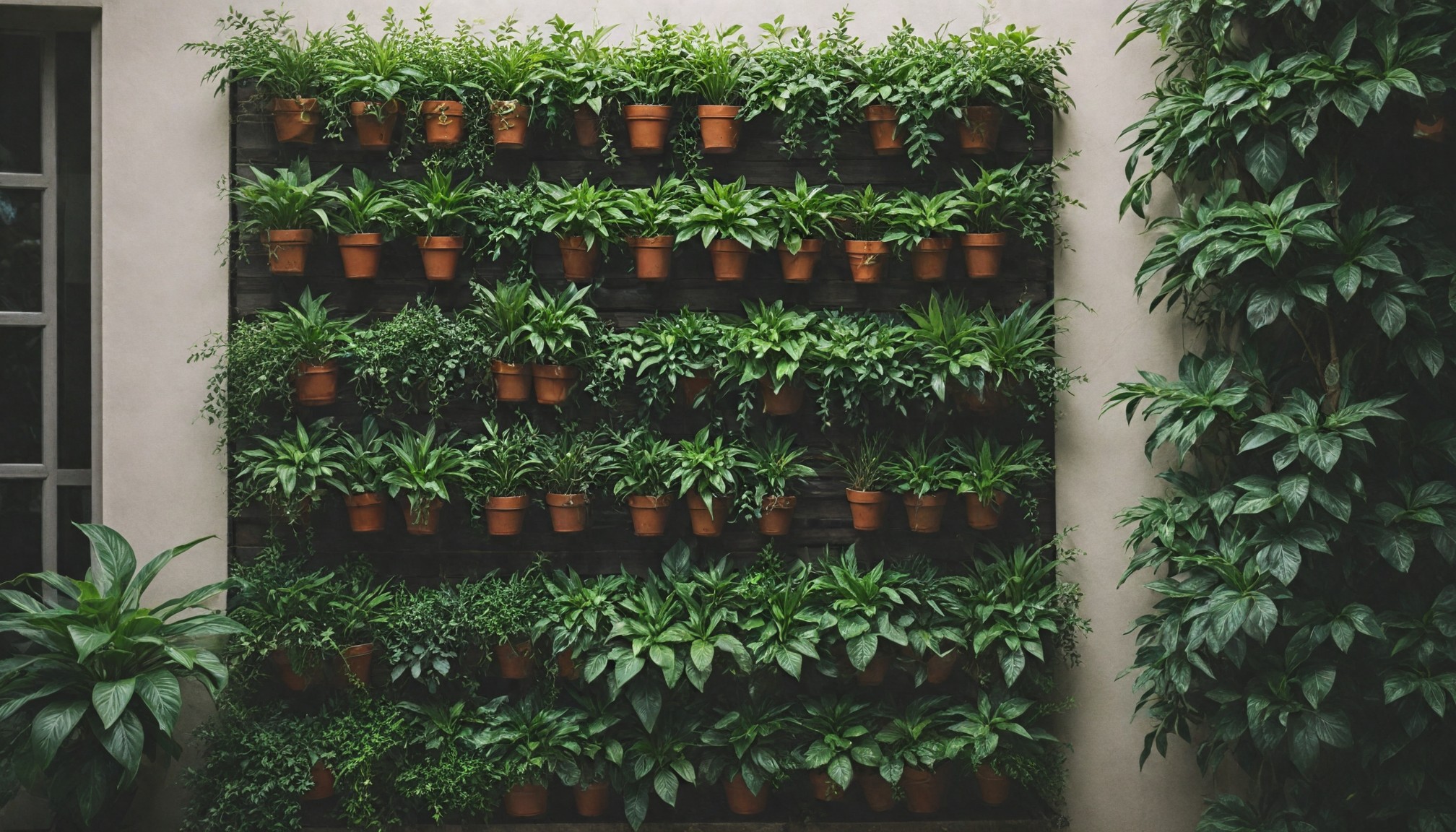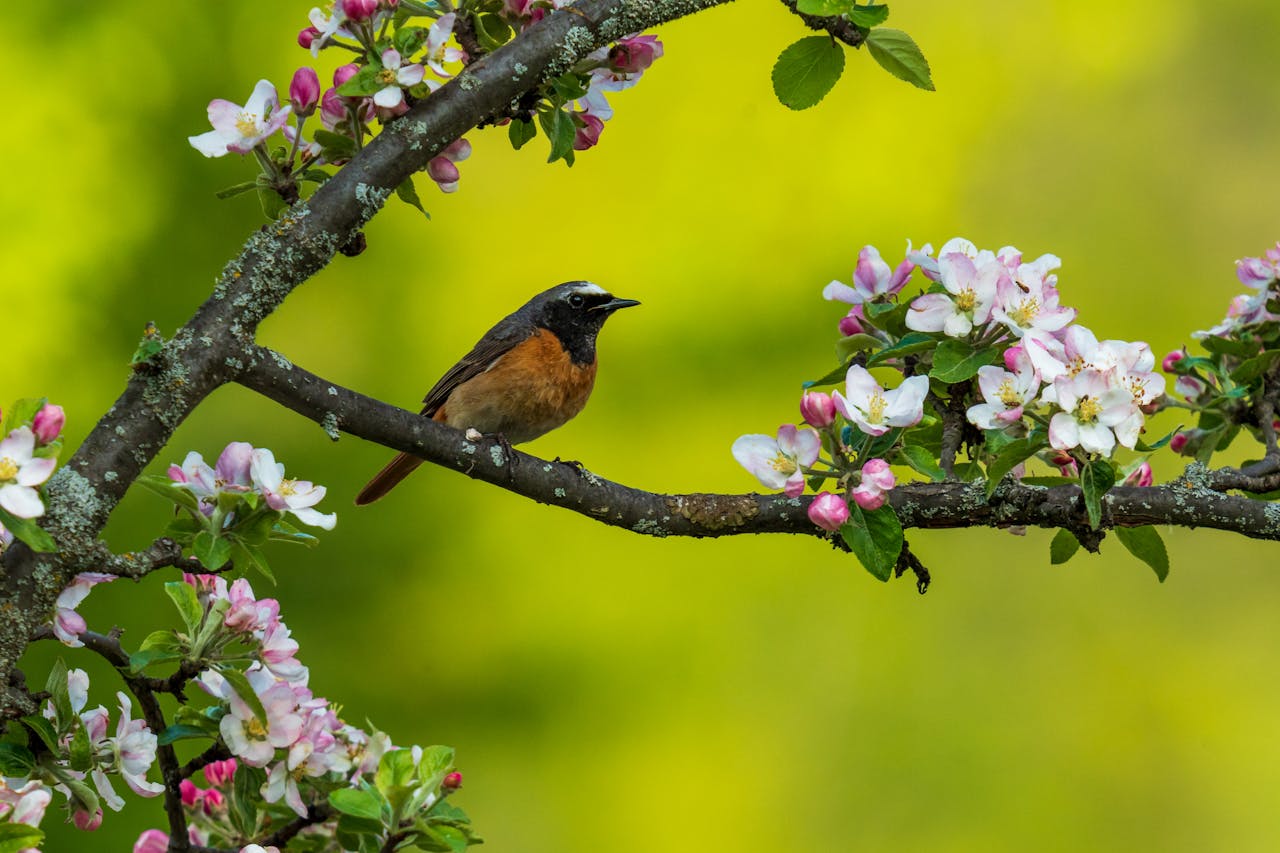
How to Grow a Potted Rose at Home: Bush, Chinese, Patio, and Cordana Roses
Roses are beautiful yet finicky flowers. Without proper care, they may stop blooming, and their leaves might develop rust or white spots. In this guide, we'll share tips for choosing, buying, and caring for potted roses at home.
Types of Roses for Home Cultivation
Roses are among the most beloved flowers worldwide, with over 500 species of wild roses alone. They are divided into three main groups: wild, garden, and decorative roses. Each group contains thousands of species with countless varieties. Four types of roses are best suited for home cultivation:
1. Bush Roses
Bush roses feature multiple buds on each branch, creating a shrub-like appearance. These roses come in various colors, such as:
- Sonora: Yellow petals with pink edges.
- Snowflake: Double white flowers.
- Rubicon: Deep red blooms.
Bush roses are known for their vibrant fragrance and resistance to disease. With proper care, they can bloom from spring to autumn. Ensure moderate watering, ample lighting, and regular fertilization for optimal growth.
2. Chinese Roses (Hibiscus)
Introduced to Europe in the 18th century, hibiscus is now available in varieties suitable for indoor cultivation, like Exotic Lady, Dream World, and Cocoa Royal.
- Pros: Pleasant fragrance and long blooming period.
- Cons: Some varieties grow up to 2 meters, which may be impractical for apartments.
Hibiscus requires consistent care, including warm showers, misting, bright yet indirect sunlight, and timely fertilization.
3. Patio Roses
Known as miniature roses, these plants boast lush flowers up to 5 cm in diameter and stems up to 70 cm tall. Some varieties, such as Anna Frank and Milky Way, thrive in both open ground and pots, while others, like Honey Bunch, are perfect for indoor settings.
- Ideal Conditions:
- Air temperature: 15–20°C.
- Humidity: Around 60%.
- Protection from harsh sunlight.
Patio roses are disease-resistant and can tolerate drafts. However, they need periodic fungal prevention and frequent mineral fertilization.
4. Cordana Roses
Cordana roses are small with delicate buds and stems, suitable for compact pots or outdoor planting in summer. These roses have little to no fragrance, making them ideal for allergy sufferers. Popular varieties like Mix and Colibri feature flowers under 3 cm in diameter.
Care Tips: Regularly loosen the soil, mist leaves during heating seasons, keep them away from direct sunlight, and water frequently during blooming.
Fun Fact: The Quest for Blue and Black Roses
Blue roses were once deemed impossible due to the lack of a blue pigment. However, in 2004, genetic engineering created the first blue rose. Black roses remain elusive, with the darkest varieties being deep red.
Buying Healthy Potted Roses
When selecting a rose for your home, inspect it carefully to avoid bringing home a sick plant.
Signs of Healthy Flowers:
- Appearance: Stems and leaves should be free of damage, cracks, or discoloration. Avoid plants with signs of rust, cobwebs, or wilting.
- Bud Condition: Fresh rose petals should cling tightly to the receptacle and not fall off when touched. Look for unopened buds and young leaves.
- Soil: Properly cared-for roses will have moist, but not overly wet or dry soil.
Quality Saplings:
- Stems: Healthy saplings typically have 2–3 stems around 25 cm long, green buds, and flexible roots.
- Roots: Should be long, branched, and moist, often wrapped in breathable packaging.
- Age: Ideal saplings are about 2 years old.
Post-Purchase Care
Newly purchased roses need a quarantine period to prevent potential diseases from spreading to other plants.
Steps:
- Inspection and Treatment: Remove packaging, treat with antifungal and insecticidal products, and prune damaged parts.
- Adaptation Period: Place in a moderately lit area away from other plants for two weeks.
- Repotting: Use loose, fertile soil that drains well. Mix garden soil, humus, and sand in a 2:1:1 ratio.
Rose Care: Placement, Watering, and Maintenance
Proper care ensures healthy growth and prolonged blooming:
- Light: Provide plenty of light but shield from direct sunlight. Use floral window films or grow lights during the darker months.
- Temperature: Maintain +18–25°C in summer and below +16°C in winter.
- Humidity: Keep the air moisture at 50–60% using a hygrometer, humidifier, or a tray with water and pebbles.
Fertilizing Potted Roses
- First Fertilization: Apply a month after repotting.
- Active Growth Period: Fertilize weekly during budding and blooming, alternating organic and mineral feeds.
Repotting and Pruning
Repot roses in early spring when new buds form but before blooming. Choose a pot slightly larger than the previous one. Use fresh soil, ensure good drainage, and water well after repotting.
For propagation, cut 15 cm-long branches with developed buds. Place cuttings in water or soil and keep in indirect sunlight.
With these tips, your roses will thrive, adding beauty and charm to your home! 🌹
Recent articles from Gardening

How to Build a Raised Garden Bed for Your Backyard
Introduction: Whether you’re an experienced gardener or just starting, a raised garden bed is an excellent way to grow vegetables, herbs, or flowers with better soil control and...

Maximizing Space with Vertical Gardening: Tips and Techniques for Small Gardens
Introduction: Vertical gardening is a smart solution for maximizing space in small gardens. By growing plants upwards rather than outwards, you can create a lush and productive ...

How to Create a Pollinator-Friendly Garden: Attracting Bees, Butterflies, and Birds
Introduction: A pollinator-friendly garden is essential for supporting the health and diversity of local ecosystems. Pollinators such as bees, butterflies, and birds play a cruc...